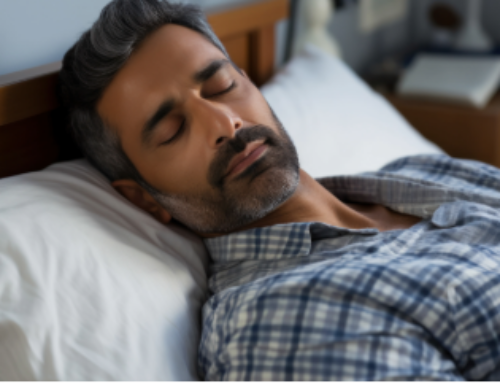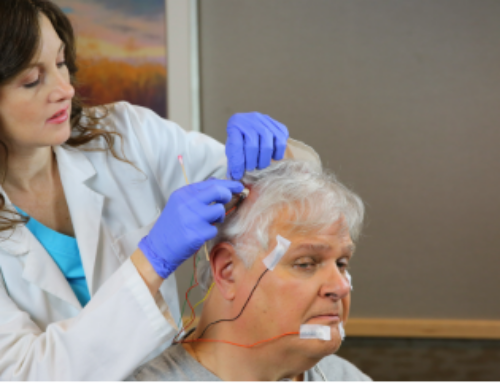Sleep is essential for our overall health and well-being. The amount and quality of sleep we get can vary depending on numerous factors, including our geographic location. The United States is a vast country with diverse landscapes, climates, and cultures, and these factors can have a significant impact on the sleep quality of its residents.
In this article, we will explore how sleep quality differs by geographic location in the U.S.
Factors influencing sleep quality
First, let’s look at the factors that can influence sleep quality. These include temperature, humidity, altitude, noise, light pollution, and socioeconomic factors such as stress levels and access to health care. These factors can impact the quantity and quality of sleep that individuals get each night.
- Temperature can affect sleep quality. People who live in warmer climates tend to have more difficulty sleeping, especially during the summer months. The humidity levels in these areas can also contribute to sleep disturbances, making it harder to fall and stay asleep. Conversely, those who live in colder climates may find it easier to sleep, as cooler temperatures can promote better sleep.
- Altitude is another factor that can affect sleep quality. Individuals who live at higher altitudes may experience sleep disturbances due to decreased oxygen levels.
- Noise pollution can also be a significant factor, especially for those who live in urban areas or near major transportation hubs.
- Light pollution is another factor that can impact sleep quality. Light from streetlights, cars, and buildings can disrupt the body’s natural sleep-wake cycle, making it harder to fall asleep and stay asleep. Additionally, people who work night shifts or have irregular sleep schedules may be more susceptible to the negative effects of light pollution.
- Socioeconomic factors can also play a role in sleep quality. Individuals who experience high levels of stress due to work, financial difficulties, or other factors may have trouble sleeping.
- Lack of access to health care can also contribute to sleep problems, as individuals with undiagnosed sleep disorders may not receive the treatment they need to improve their sleep quality.
How does sleep differ by region?
Recently, U.S. News & World Report‘s 360 Reviews conducted a study to discover the best – and worst – cities for sleep in the U.S. By scoring each city by a variety of factors, including road noise, air quality, and more, the study ranked the top 50 cities in the U.S.
Among the top cities for sleep health are Austin, TX; Raleigh, NC; and Fort Worth, TX. The worst? Philadelphia, PA, ranks at the top, followed by Miami, FL, and Detroit, MI.
How do the findings stack up against existing research?
According to a study conducted by the Centers for Disease Control and Prevention (CDC), states in the southeastern United States have higher rates of insufficient sleep than those in other regions of the country. This may be due to the warmer temperatures and higher humidity levels in these areas, which can make it harder to sleep comfortably. Studies have also shown that this region has a higher prevalence of obesity and other chronic conditions, which can affect sleep.
A data brief from the National Center for Health Statistics found that the percentage of adults who had trouble falling asleep increased as the place of residence became more rural. Socioeconomic factors, such as education or income level, may affect this.
Altitude can also impact sleep quality. According to a study published in the Journal of Clinical Sleep Medicine, individuals who live at higher altitudes may report more sleep disturbances than those who live at lower elevations. This is likely due to the decreased oxygen levels at higher altitudes, which can make it harder to fall asleep and stay asleep.
How to get better sleep
Sleep quality can vary greatly depending on geographic location in the U.S. Factors such as temperature, humidity, altitude, noise pollution, light pollution, and socioeconomic factors can all contribute to sleep disturbances.
Products, such as blackout curtains, eye masks, or white noise machines, can help if environmental factors are disrupting sleep.
However, constantly feeling tired or sleeping poorly may point to more than a disruptive environment. These may be signs of an underlying sleep disorder. Individuals who experience sleep problems should talk to their health care provider to determine the underlying cause of their sleep disturbances and develop a plan to improve their sleep quality.





